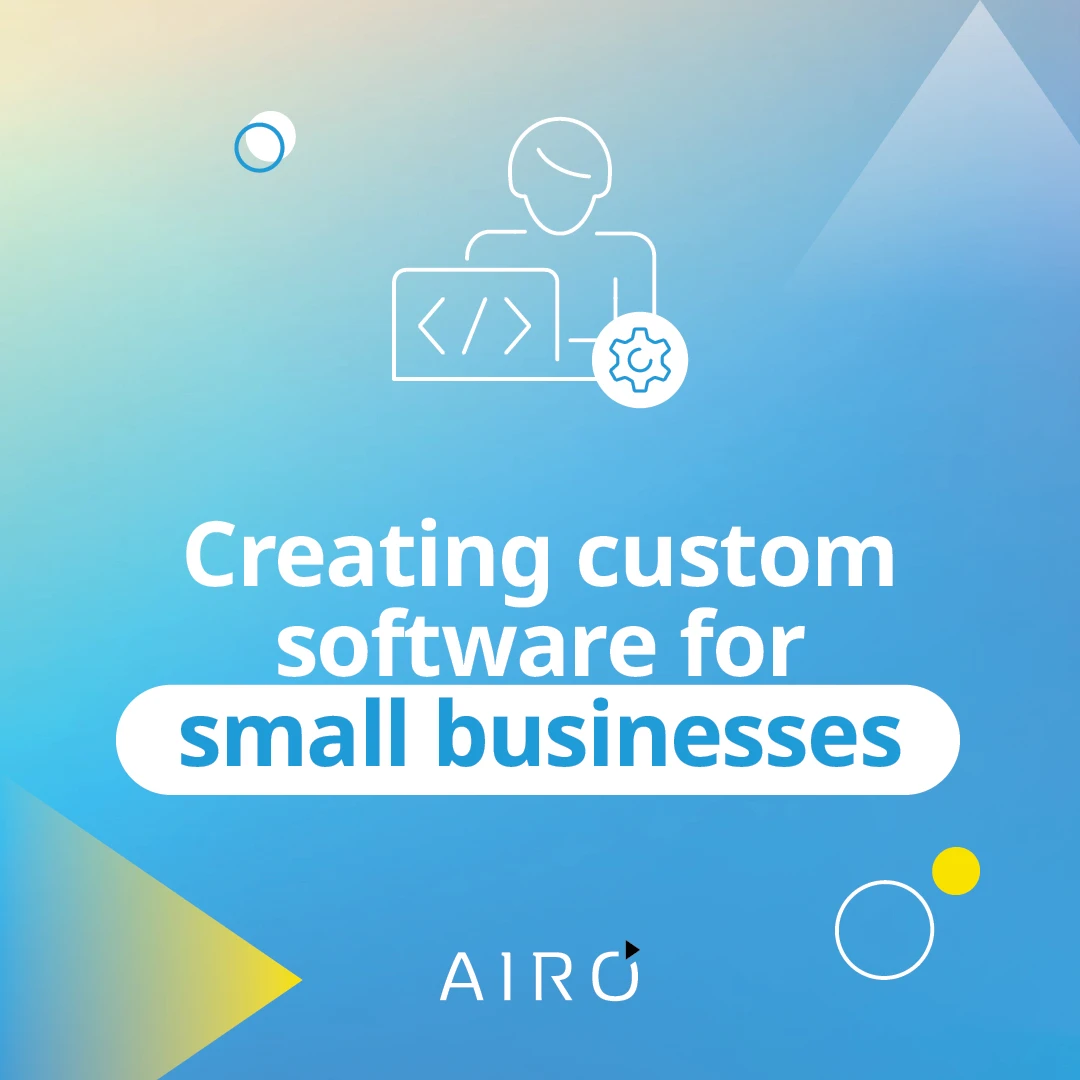
Whatever the industry you work in, small business owners have their work cut out for them when it comes to keeping their business sustainable and operating smoothly. Part of the problem is that much of the technology that’s made to smooth business operations is intended for much larger businesses and priced accordingly. While this isn’t a negative thing in itself, the fact is that business software that is built for bigger businesses is not going to address the nuances of your small business as accurately as it could.
That’s where custom software comes in. Custom software is designed specifically for your organisation, and while it can integrate or use out-of-the-box solutions, the outcome is business software that works for the specific use-case that you need to answer.
Where do you start?
Every business that creates software has a different starting point.
However, from the client’s end, what we need to know above all else is where the problem is. As a business owner you are the expert in what your business does and where the bottlenecks are, so prior to setting up a meeting with any custom software company, look inwards and see where the edges aren’t quite matching up.
From there, it depends.
Here’s how we do it.
1. Understanding the project
The first step to any project is making up a roadmap to the final solution, and this means that we need to understand the scope and the requirements of the project. Our initial plan is to just deliver a quote to the customer so that they can fit the project within their budget and get back to us.
2. Addressing pain points
As a secondary early step, we want to make sure that the client and ourselves are on the same page – this will eliminate most of the issues that can crop up during development. Unfortunately, if we are not together on the same page, then the project delivered might not exactly fit the specifications or needs of the business.
Once the quote is approved, we go through several intensive cycles and workshops with the client to understand how best to expand on the initial brief in terms of requirements and budgetary adherence. This is where we develop Figma designs, UI mockups, and so on.
3. Keep a customer-centric approach
It’s our belief that any software development company has to keep the end-user in mind, not just the client that they service, however it starts by keeping the customer in mind. Throughout the entire development process, we keep the customer in the loop. Sometimes it means taking the extra step to translate what is very technical into a way that he can understand it easily so he can see where the development is heading. Ideally, the client is involved throughout the process, and we try to stick to it through biweekly meetings, demoing the software that is being built, and addressing any corrections immediately.
The customer input is vital to ensuring that the product delivered meets his specifications.
Case Study: automating processes for faster client services
Realistically, the process of developing custom software can be protracted from brief to deliverance. Here’s what a pared-down custom software timeline looks like.
The brief:
Our client manages several large-scale projects in the public sector, an aspect of which is allocating funds for project development to stakeholders.
The problem:
A significant issue that they were running into was contacting the stakeholders to inform them that they had been accepted or rejected for funding. Writing each communication manually took a lot of time, and was prone to error.
The solution:
We connected their systems to a carefully selected selection of APIs which automatically found the contact data required and created documents without the need for client input. At the end of it, the agency could simply send out communications without hours and hours of input.
Conclusion
The right piece of custom software at the right time could make a big difference to your business, especially if it manages to automate or reduce the amount of time it takes you to perform your daily tasks. If you think custom software can help your business, you’re probably right – and we’re happy to help guide you through the steps needed to find the right software for you.

